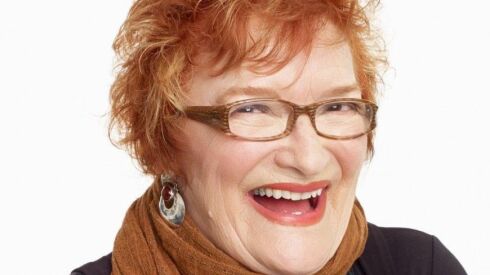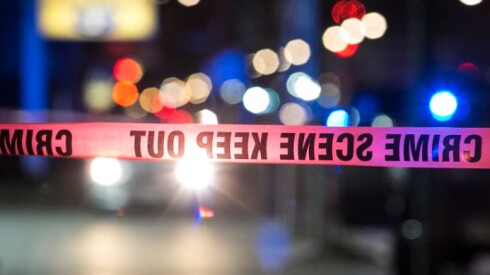The summer solstice is a good reminder that heat season is around the corner. Heat waves are particularly dangerous early in the season because we are less physically and mentally prepared for them.
As Chicagoland residents welcome barbecues and beach days, it’s also important that we exercise caution and stay safe from extreme heat.
Despite substantially less media attention, extreme heat is more deadly than tornadoes and hurricanes combined. Over the last few decades, heat waves have been getting hotter, lasting longer and occurring more often.
Extreme heat taxes our bodies and manifests in ways that are easy to overlook but important to recognize. Milder symptoms include rashes and cramps. Moderate symptoms like lightheadedness and vomiting are signs to seek medical attention. In more severe cases, overheating can lead to shock, organ failure and even death.
Certain groups of people are more susceptible to heat-related illness. Pregnant women, infants and people with chronic illness or who take certain medications face greater risk because of the way these conditions modify temperature regulation.
Our unhoused neighbors and those who work outdoors or under heat-trapping protective equipment, like firefighters or utility workers, are particularly vulnerable. It’s also a good idea to check on seniors during hot days — particularly if they live alone.
The good news is being aware and staying hydrated, cool and connected can prevent nearly all heat-related illnesses.
Getting connected to avert heat disasters
Building resilience to extreme heat in Chicago relies on policies and resources that foster strong support networks and cooling strategies.
Since the tragic heat wave of 1995, the city has taken several steps to protect vulnerable populations, such as implementing personal wellness checks, initiating special training for first responders and expanding cooling centers. The city also launched Our Roots Chicago, which empowers communities to plant trees in the neighborhoods that need them most.
Additionally, Chicago’s 2022 Climate Action Plan outlined heat management initiatives and set a goal to develop its first heat vulnerability index — a tool to identify those most susceptible to extreme heat in order to focus on life-saving adaptations.
To achieve this, the city spearheaded a novel partnership among community groups, government, health care and research institutions. Known as the Defusing Disasters Working Group (DDWG) and supported by Northwestern University’s Buffett Institute for Global Affairs, this collaborative aims to provide the city with tools ensuring the increased frequency of extreme weather events that we have come to expect does not translate to an increased frequency of extreme weather disasters.
Yet, in the era of human-caused climate change, preparedness must be continually re-evaluated and refined. The 1995 heat wave demonstrated that neighbors and local organizations are often the first line of response in weather disasters.
This underscores the importance of sourcing local wisdom from communities and empowering those same communities with the appropriate resources to protect their residents. Blacks in Green’s Enterprise Hall hub and cooling center in Woodlawn is one such example. Replicating and communicating successful, local initiatives like Enterprise Hall in other neighborhoods will be an important focus of resilience efforts moving forward.
Having accurate, hyper-local weather information is yet another important factor in extreme heat resiliency. Current temperature information does not always account for uneven distributions of heat and humidity within communities. Collection of accurate, local temperatures can engage neighborhood residents in a process that builds community and creates awareness of heat’s local impacts.
The Heat Watch Chicago is a city-wide NOAA and Buffett-sponsored community science field campaign that is currently recruiting and training Chicagoans. Volunteers will attend a training event later this month, then help collect temperatures in their communities on a to-be-determined date later this summer. If you’d like to learn more or sign up to help, fill out this interest form.
Preparing for extreme heat requires investing in people and learning from communities. As spring transitions to summer and we work toward a safe and resilient Chicago, there is no better time than now and no better path than one of inclusion and collaboration.
Daniel Horton is an assistant professor of Earth and planetary sciences at Northwestern University, where he leads the Climate Change Research Group. Sheetal Khedkar Rao is an internal medicine physician with dual fellowship training in climate medicine and is Chief Health Officer of Nordson Green Earth Foundation. Naomi Davis is the founder and CEO of Blacks in Green. Raed Mansour is director of Environmental Innovation, Bureau of Community Health, Chicago Department of Public Health. Kyra Woods is a climate and energy policy advisor for the City of Chicago Office of Climate and Environmental Equity.
Send letters to letters@suntimes.com
The views and opinions expressed by contributors are their own and do not necessarily reflect those of the Chicago Sun-Times or any of its affiliates.




